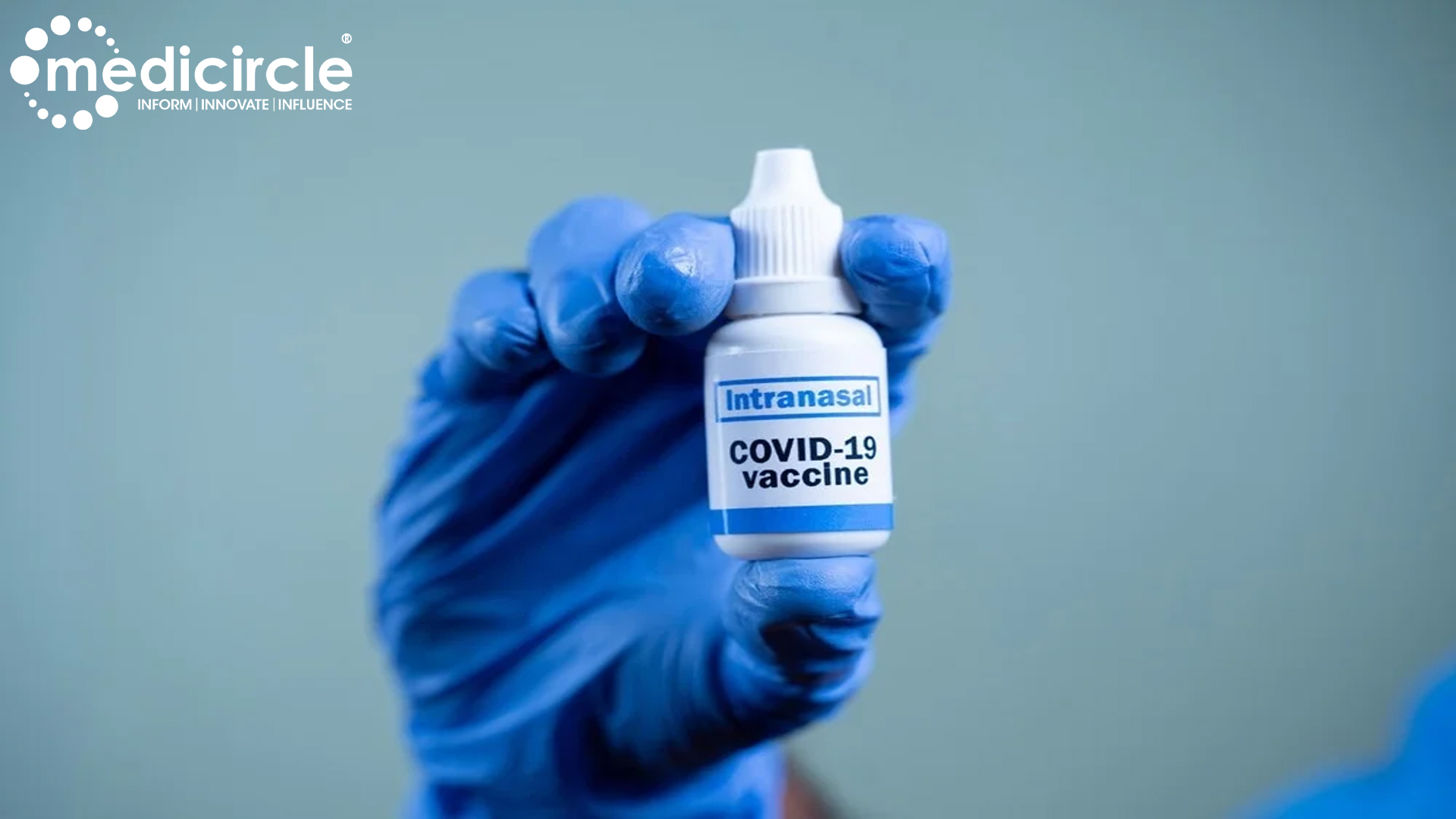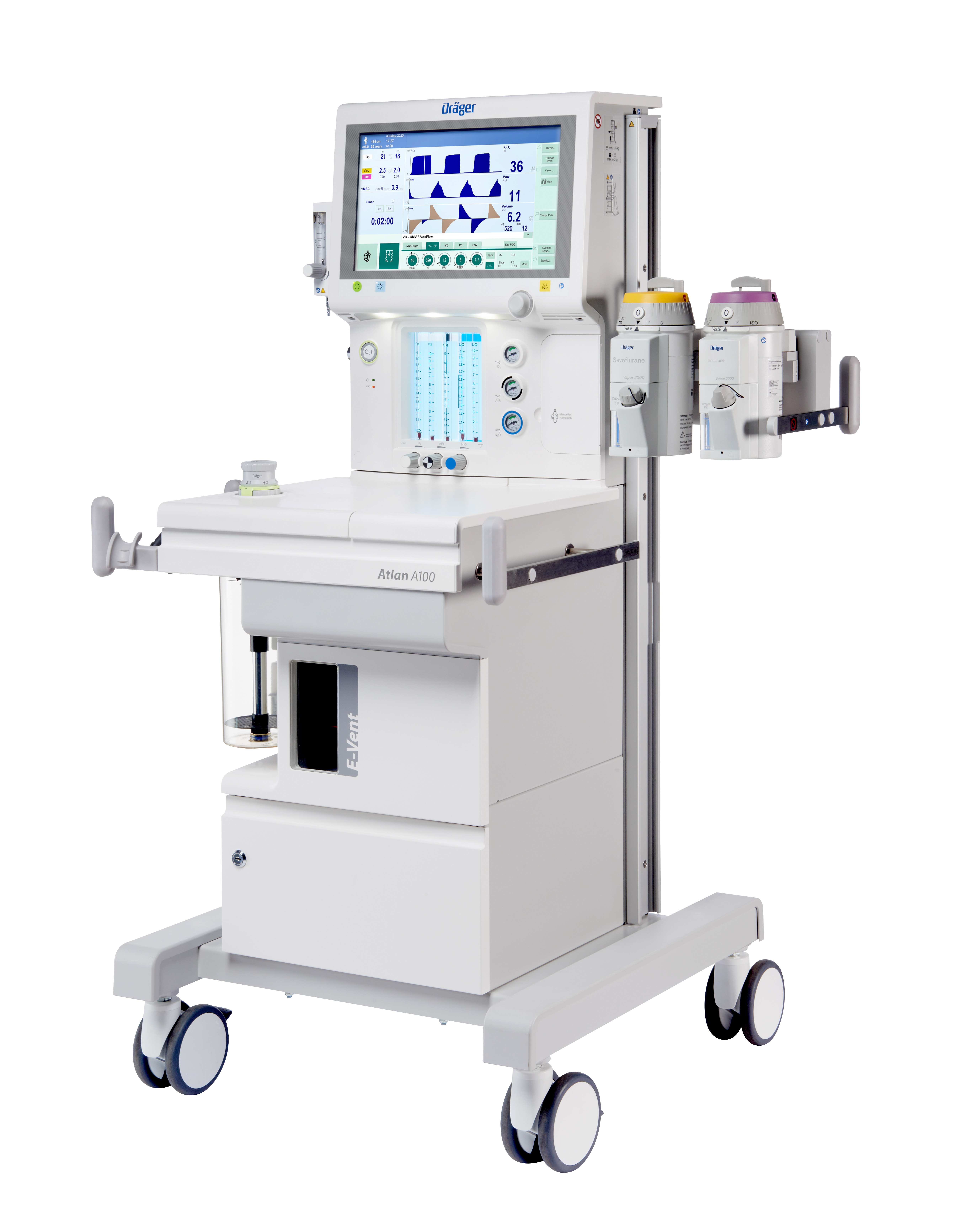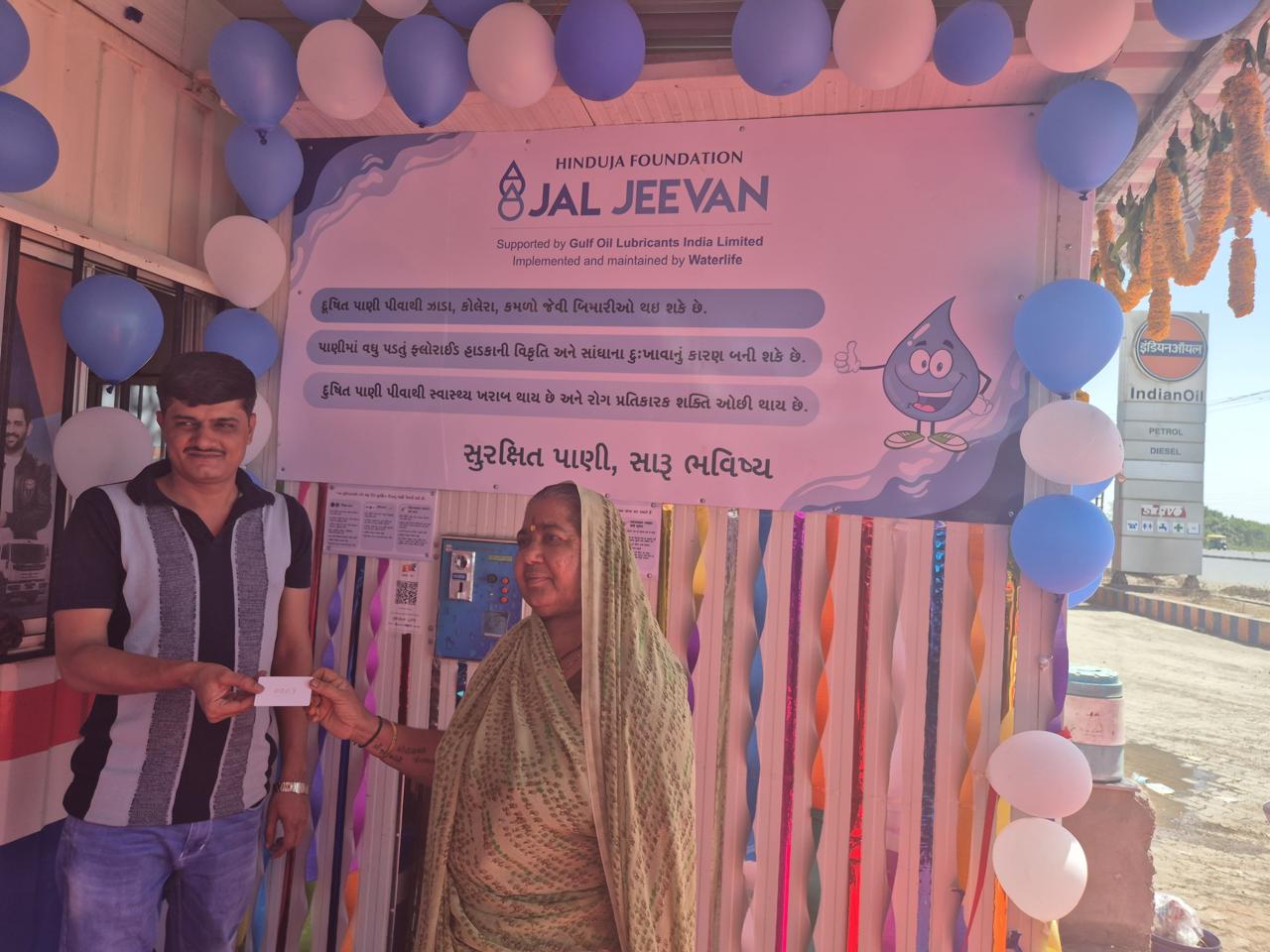In the quest for more effective vaccines against viral infections, researchers have developed an innovative RNA-based vaccine approach capable of targeting any virus strain, promising enhanced safety for vulnerable populations such as infants and individuals with compromised immune systems. This breakthrough could revolutionize vaccine development by offering broad protection against diverse virus variants without the need for multiple vaccine formulations.
Each year, scientists face the challenge of predicting prevalent influenza strains to develop updated vaccines. Similarly, COVID-19 vaccines require adjustments to address emerging sub-variants. This iterative process Highlight the need for more adaptable and universal vaccine strategies to combat viral diseases effectively.
Published in the Proceedings of the National Academy of Sciences, researchers at the University of California, Riverside, introduced a vaccine approach leveraging RNA (ribonucleic acid) technology. Unlike conventional vaccines that rely on introducing weakened or inactivated viruses into the body, this RNA-based vaccine targets a common viral genome region shared by various virus strains.
"This vaccine is broad, effective against any virus variant, and safe for diverse populations," emphasized UCR virologist and paper author Rong Hai. The innovative strategy harnesses small RNA molecules to trigger the body's RNA interference (RNAi) response, which weakens the virus and primes the immune system for robust protection.
Unlike traditional vaccines that stimulate a specific immune response against viral proteins, this RNA-based approach activates RNAi pathways within cells, offering protection even in individuals with compromised immune systems. The vaccine induces the production of T-cells that combat the virus directly and memory B-cells that enhance long-term immunity against future infections.
In preclinical studies using mice models, a single dose of the RNA vaccine conferred protection for at least 90 days. Notably, even new-born mice derived significant benefits from the vaccine, suggesting its potential for vulnerable populations such as infants.
UC Riverside has secured a US patent for this RNAi vaccine technology, leading the way for further development and potential clinical translation. The research team envisions applying this innovative approach to develop universal flu vaccines, possibly in the form of a convenient nasal spray for enhanced accessibility and ease of administration.
The adaptability and versatility of this RNA-based vaccine strategy offer significant advantages in the fight against viral diseases. By targeting conserved viral genome regions, this approach minimizes the risk of viral mutation evasion, potentially leading to the development of universal vaccines capable of conferring broad protection against a range of pathogens.
In summary, the development of an RNA-based vaccine approach represents a paradigm shift in vaccine design and holds immense promise for addressing current and future infectious disease challenges. This technology offers hope for more effective, universal vaccines that can safeguard vulnerable populations and contribute to global efforts to combat viral outbreaks efficiently. Continued research and development in this area are essential to realizing the full potential of RNA-based vaccines in advancing public health and disease prevention initiatives.

 Continued research and development in this area are essential to realizing the full potential of RNA-based vaccines in advancing public health and disease prevention initiatives.
Continued research and development in this area are essential to realizing the full potential of RNA-based vaccines in advancing public health and disease prevention initiatives.










.jpeg)

.jpeg)
.jpeg)

.jpeg)


.jpeg)



.jpeg)
.jpeg)
.jpeg)


.jpg)


.jpeg)
.jpeg)